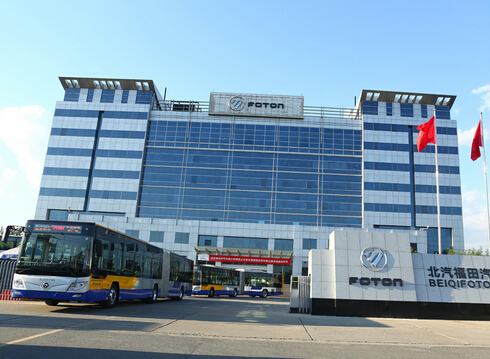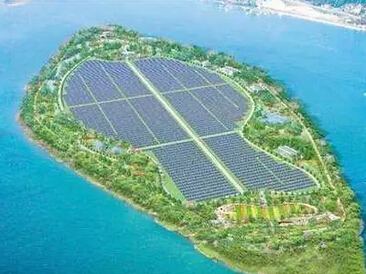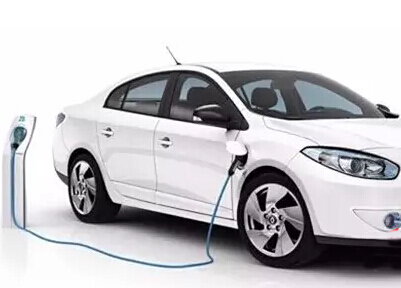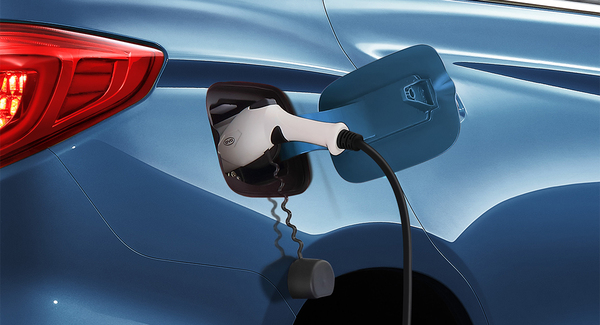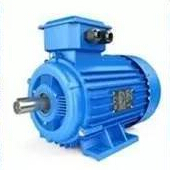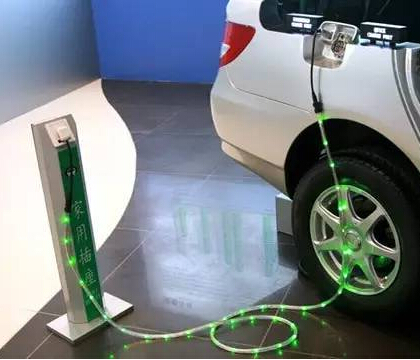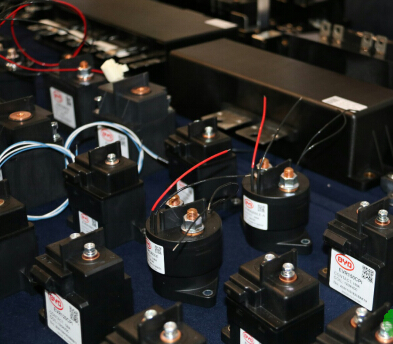To the history of the car's centuries, the power source of the car has always been an important research object of the majority of scholars, from gasoline, natural gas, to lithium batteries, to methanol, hydrogen fuel... Towards energy saving and efficient development. But the battle for new energy technology lines has never stopped. Just as everyone thinks that pure electric is the future direction of the car, the hydrogen fuel cell market has ushered in a sharp rise. In 2018 alone, the investment and planning funds for the hydrogen fuel cell industry have exceeded 85 billion yuan. Faced with this new challenge and opportunity, the new trillion-level market, how to break the bureau, has also been put on the top agenda by major car companies.
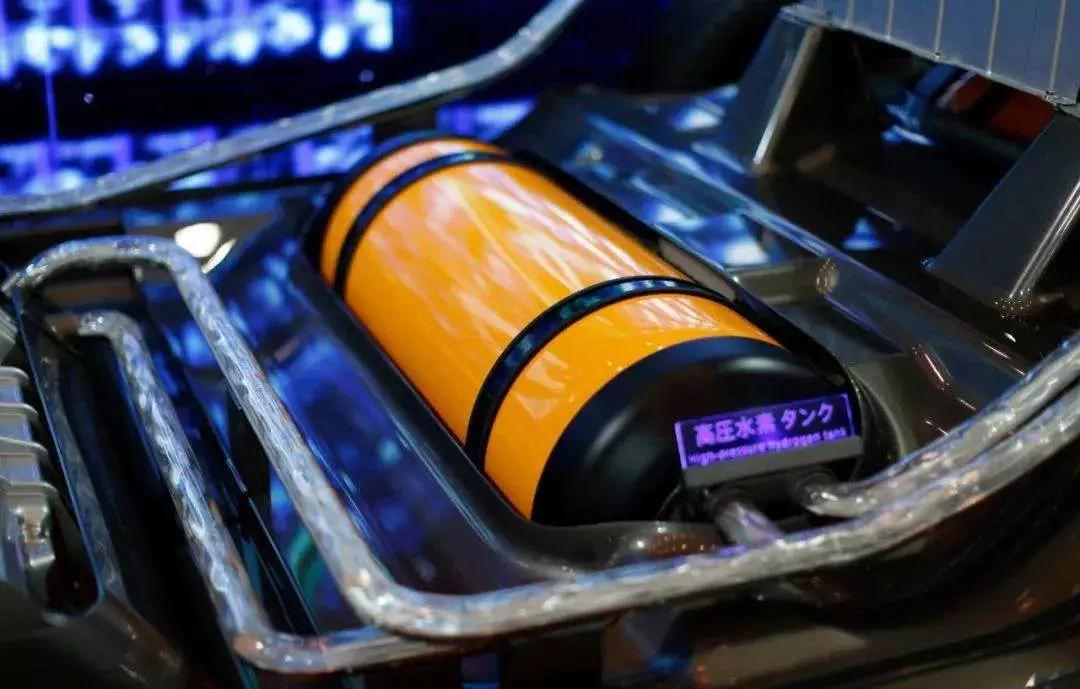
What is a fuel cell? What is its advantage?
In fact, a hydrogen fuel cell is a power generation device that directly converts a chemical reaction of hydrogen and oxygen into electrical energy. The basic principle is the reverse reaction of the well-known "electrolyzed water". By supplying hydrogen and oxygen to the anode and the cathode respectively, hydrogen is diffused outward by the anode and reacted with the electrolyte, and the electrons are released to the cathode through an external load, and are produced by The chemical reaction produces water, releases some of the heat and generates electricity.
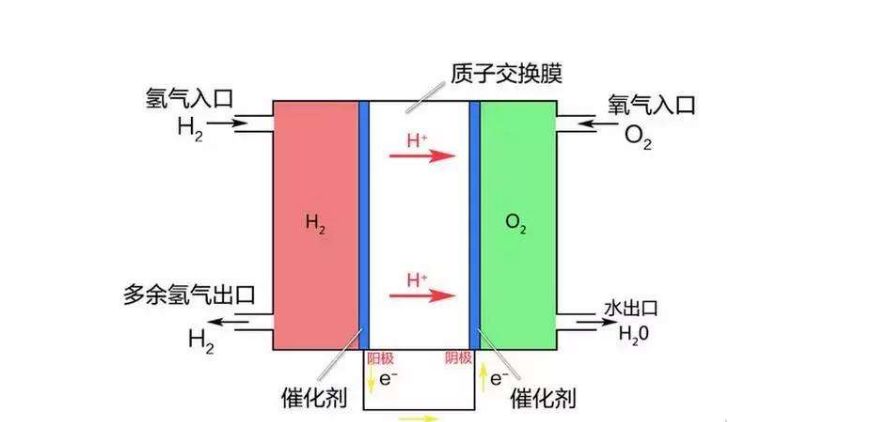
First, the fuel cell is environmentally friendly. It uses an electrochemical reaction rather than a combustion (steam, diesel) or energy storage (battery) to drive the vehicle, which releases pollutants such as COx, NOx, SOx gas and dust. As mentioned above, fuel cells only produce water and heat. If hydrogen is produced by renewable energy sources (photovoltaic panels, wind power generation, etc.), the entire cycle is a complete process that does not produce harmful emissions.

Secondly, the fuel cell operation process is very quiet, the noise is only about 55dB, which is equivalent to the level of normal conversation. This makes the fuel cell suitable for indoor installation or where there is a limit to noise outdoors.
Finally, the fuel cell's power generation efficiency can reach more than 50%, which is determined by the conversion properties of the fuel cell. It directly converts chemical energy into electrical energy without intermediate transformation of thermal energy and mechanical energy (generator).
Therefore, if the system can be put into the car, the chemical reaction of hydrogen is used to generate electricity, and the hub motor is driven to jointly promote the movement of the car. Then, hydrogen fuel cells can be called the ultimate solution for automotive energy!
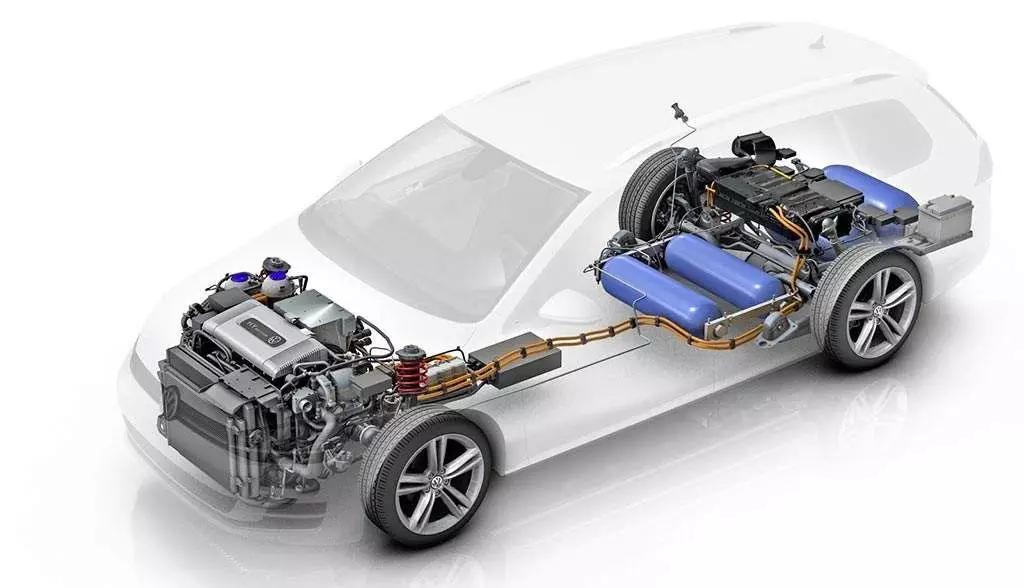
Has the R&D launch phase been completed? Which car company is at the forefront?
In fact, from the development status of fuel cell vehicles in developed countries and regions such as Japan, South Korea and North America, some companies have even completed the basic performance research and development stage of fuel cell vehicles, and solved several key technical problems, their vehicle performance, Reliability, longevity and environmental adaptability have basically reached the level comparable to traditional gasoline vehicles.
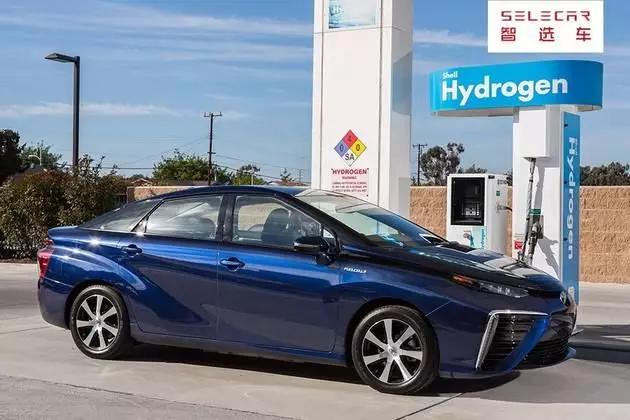
As early as 1996, Toyota developed a proton exchange membrane fuel cell vehicle. As a pioneer in this field, Toyota has applied for a total of 15,867 patents related to fuel cells, and ranked first. If coupled with Toyota's deep Aisin precision machine and Denso, the Toyota system company will be 48.6%. Technology monopoly is in its own hands.

In December 2014, Toyota fuel cell vehicle MIRAI was launched in Japan. And began mass production in 2018, Toyota started in 2008, the MIRAI is expected to sell for 6 million yuan, until the Toyota MIRAL officially launched in 2014, the price has dropped to 435,000 yuan, in fact, except the Japanese government The subsidy for Japanese consumers only pays about 5.21 million yen (about RMB 313,000).
Such a significant significant cost reduction can be attributed to the expansion of mass production, large-scale application of hybrid systems, system simplification, etc., to promote FCV cost reduction, but also can see Toyota's strong strength in this field.

As one of the best car companies in the United States, General Motors began developing fuel cell applications in the automotive industry in 1990. GM's three core technologies in fuel cell vehicle technology rank top in the world, and its core patents are distributed in the key technical fields of fuel cell technology and fuel cell systems, including thermal management systems, gas channels, Fuel supply, catalyst, membrane electrode, electrolyte, proton exchange membrane, and power control.
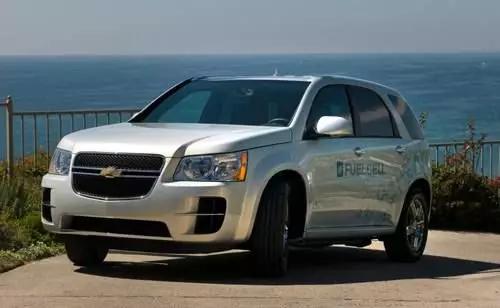
In January 2018, General Motors announced that it will launch the first SURUS military unmanned fuel cell vehicle chassis platform with autonomous functions, equipped with GM's latest Hydrotec fuel cell autonomous system and truck chassis components to provide high performance. And the propulsion of zero emissions. With two advanced electric drive units, four-wheel steering system and lithium-ion battery system, it can provide 645km range capability.
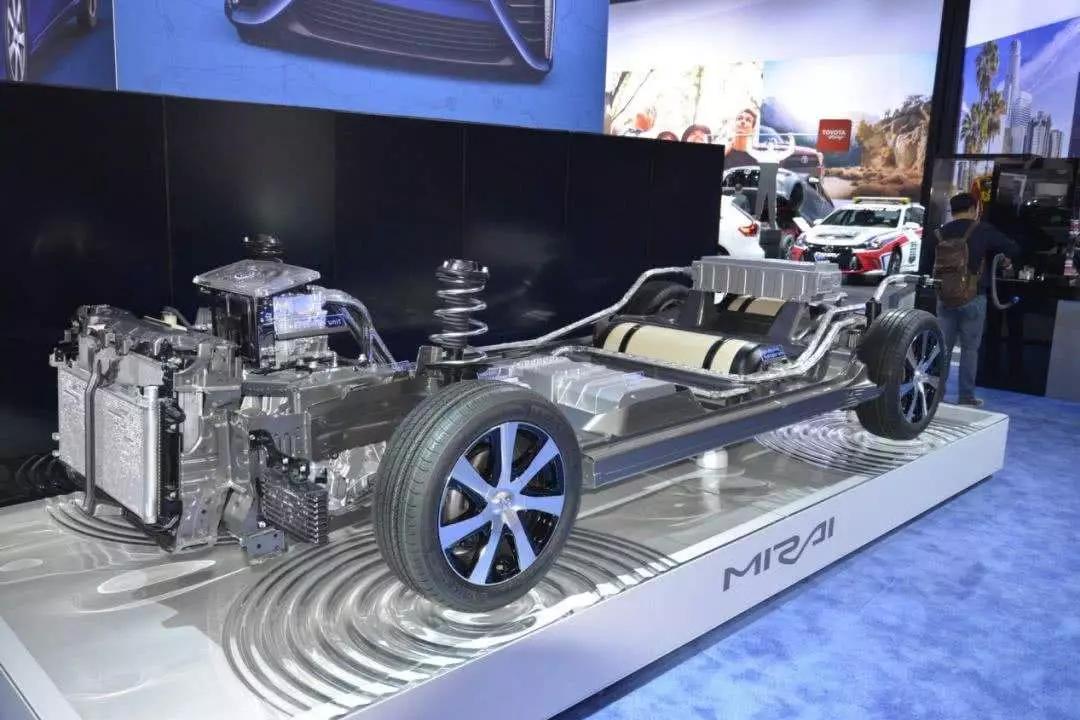
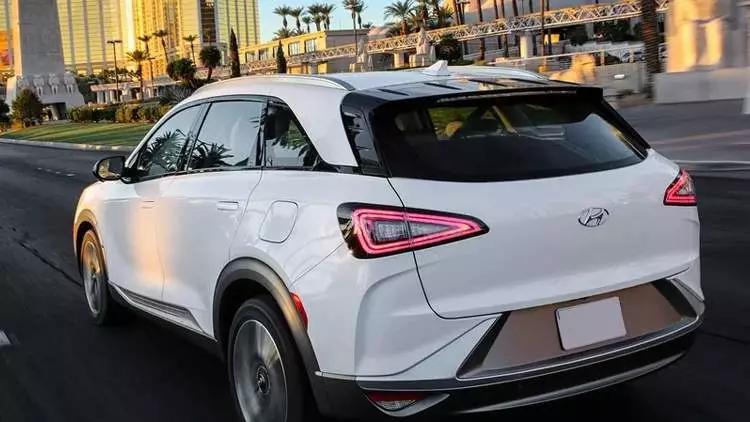
In addition, Honda, Hyundai and other Japanese and Korean car companies have also launched their own hydrogen fuel cell vehicle products. Compared with these first-class enterprises, domestic enterprises are obviously at a disadvantage in terms of financial and technical aspects. The reason for this disadvantage is, on a large scale, the main development of middle and downstream technologies by domestic enterprises, and the hydrogen fuel cell industry chain cannot be completely closed.

The domestic industrial chain is difficult to form, and where is the breakpoint of hydrogen fuel cells?
At the end of March this year, the National Multi-ministerial Committee jointly issued the "Notice on Further Improving the Financial Subsidy Policy for the Promotion and Application of New Energy Vehicles", clearly stating that after the transition period, no new subsidies for new energy vehicles will be granted. However, in the latest adjustment of subsidy policy, the subsidy policy for fuel cell vehicles has not changed, and even the relevant support policies introduced in many places have been added. At the same time, hydrogen energy was first written into the government work report this year, and these signals are bound to accelerate the development of the hydrogen energy industry. With the support of the government, why is the market share of hydrogen fuel vehicles still low? In my opinion, hydrogen fuel cells also face three challenges.
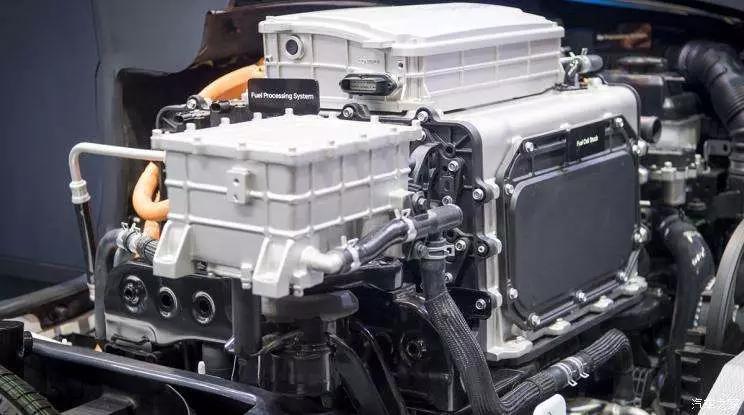
The first is the standard class. At present, the standard hydrogen gas system of 70Mpa in the hydrogen storage system, the standard of hydrogen application in the field of logistics, and the relevant standards for fuel cell vehicles are in urgent need of improvement.
Followed by the resource class. The use of fuel cell vehicles is inseparable from the investment and operation of hydrogen refueling stations. At present, hydrogen refueling stations are under great pressure in both approval and land use, and there are many places that need to be clarified and optimized.
In addition, the self-developed parts and components need to reduce the cost by 80% in 2025. The most important thing is to realize the independent development and localization of key components of the fuel cell system.
Finally, it is policy-oriented market pressure. Now the hydrogen fuel cell industry is a subsidy-driven market. After no subsidies or subsidies, companies will face great pressure.
In addition, since hydrogen fuel cannot be directly obtained from nature, it needs to be manufactured manually. Commonly used hydrogen production methods include fossil fuel catalytic hydrogen production, industrial by-product hydrogen production, biological hydrogen production and solar hydrogen production, but the effects are not satisfactory, the equipment is complex, and the investment is large. Of course, hydrogen can be obtained by electrolyzing water, but the energy consumption is high. There is no best solution for industrial hydrogen production and it remains to be developed. Although China's current oil, steel and other industries are large in scale, the proportion of by-product hydrogen in these industries is very small in the industry. In the hydrogen energy society, these productions are far from enough. "The whole process of hydrogen production, hydrogen transport, hydrogen storage and hydrogenation takes time to build a complete industrial chain."
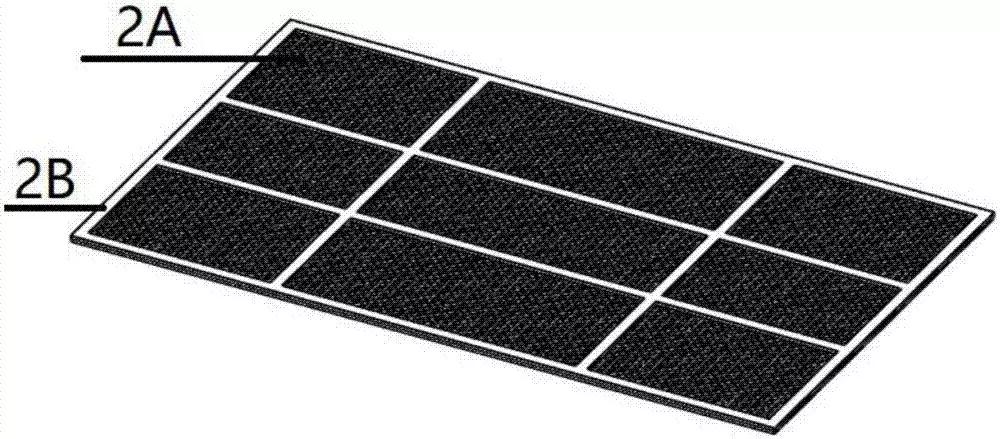
Although the domestic fuel cell vehicle industry is gradually maturing, compared with developed countries, there are still some gaps in the fuel cell core materials, component levels and overall life of our country. The development of low-cost fuel cells is mainly limited by low-platinum, ultra-low-platinum catalysts and membrane electrodes, which are the second-generation and third-generation catalysts, membrane electrodes, basic problems and scientific problems that need to be solved.
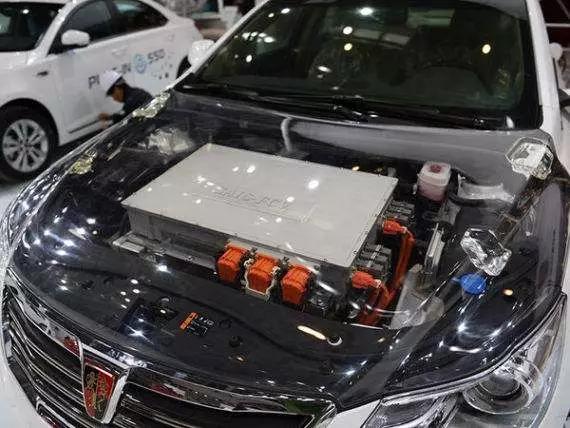
Therefore, in order to find a perfect break in the field of hydrogen fuel cells, companies need to invest large-scale human and financial resources, carry out technological research, and through the capital of all parties, and the introduction of high technology, to fully improve their "hard power" . Instead of using the current high heat of hydrogen fuel, the capital market is highly optimistic and the government's strong support for subsidies, want to earn some "quick money", to eliminate subsidies of backward production capacity, to combat fraudulent behavior, and to guide social capital to actively and rationally include In the new energy field, including fuel cells, we can cultivate our own fuel cell vehicles and industries.
















 RCCN WeChat QrCode
RCCN WeChat QrCode Mobile WebSite
Mobile WebSite
